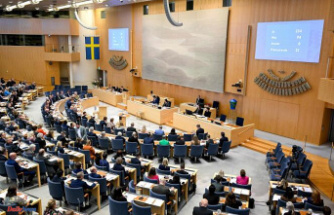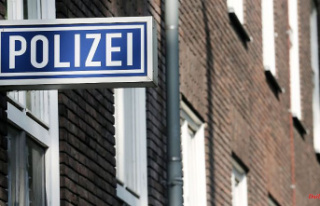Hydrogen is considered to be one of the most important energy carriers of the future, also in car and truck traffic. The infrastructure is still in its infancy. But there is progress.
Rostock/Laage (dpa/mv) - Mecklenburg-Western Pomerania has had its first hydrogen filling station for heavy goods traffic since Friday. At the Laage site (Rostock district), the energy company Apex officially commissioned the system. The green hydrogen is produced on site in a climate-neutral manner from its own electrolysis, the daily capacity of the filling station is around 450 kilograms, the company said. Cars can also be refueled there.
The tank content of a bus or truck is around 37.5 kilograms, which corresponds to a range of 350 to 400 kilometers. A car with a tank content of around five kilograms of hydrogen has a range of up to 500 kilometers. Refueling takes place under high pressure, which is why there are different columns for trucks and cars.
According to the information, the cost of one kilogram of green hydrogen is 12.85 euros. A full tank of fuel for a heavy-duty vehicle costs around 475 euros and for a car around 65 euros.
The operation of hydrogen-powered vehicles causes neither pollutants nor emissions and filling up with hydrogen is just as easy as with conventional vehicles, assured Apex boss Peter Rößner. The company, which has its headquarters in Laage, put the investment sum for the system at around three million euros.
There are around 100 hydrogen filling stations in Germany. Fuel cells, in which hydrogen and oxygen react to form water and the resulting energy drives the electric motor, have so far been used primarily in some heavy commercial vehicles such as buses. In passenger cars, their share is still very small. High costs, a lack of a dense H2 filling station network and the overall lower efficiency are among the main reasons for this.












